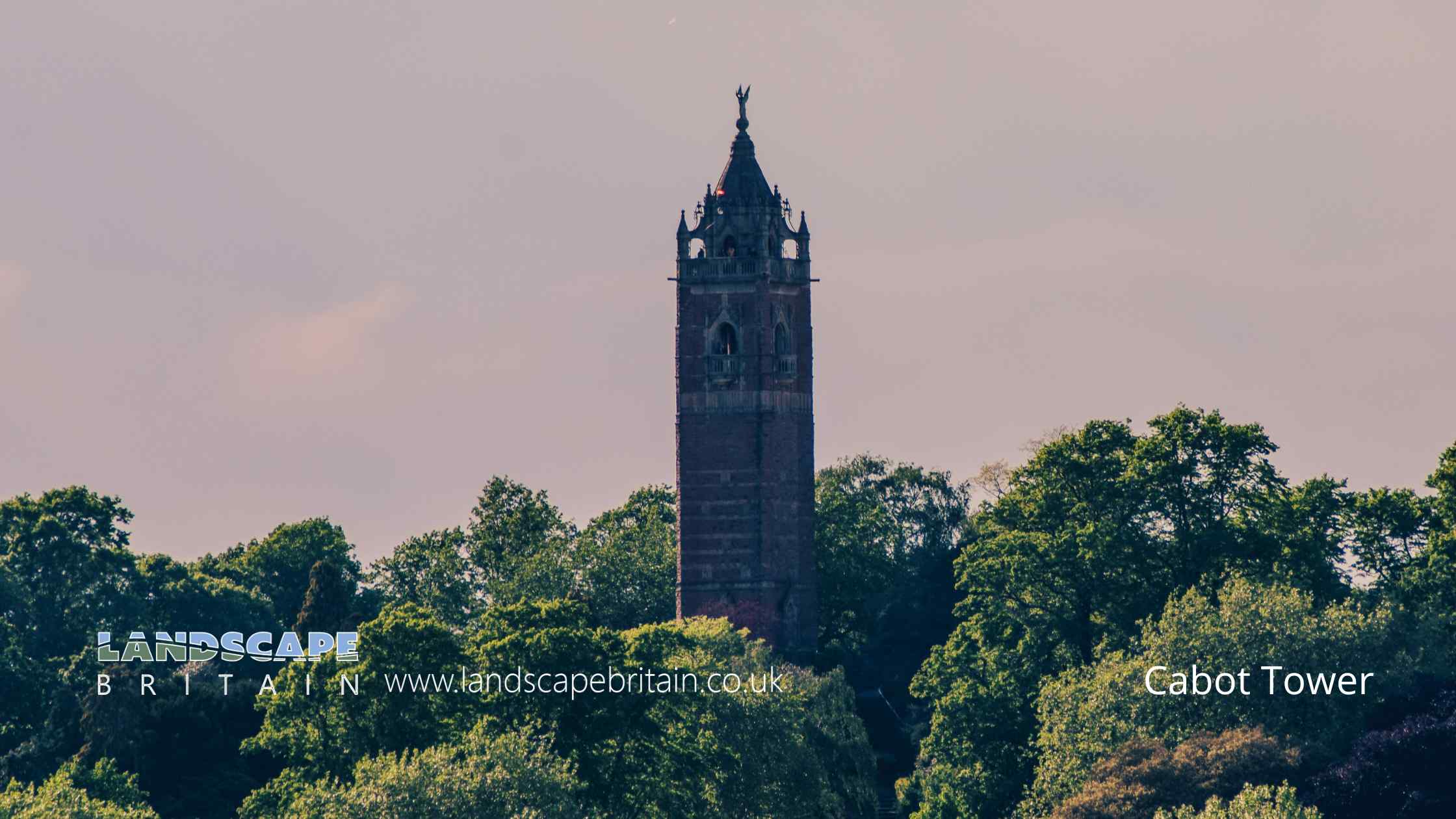
Cabot Tower
Cabot Tower
Cabot Tower is an iconic landmark located in the city of Bristol, England. Situated atop Brandon Hill, the tower offers breathtaking panoramic views of the city and the surrounding countryside. It is a popular tourist attraction and a symbol of Bristol’s rich history and maritime heritage.
History
The construction of Cabot Tower was completed in 1898 to commemorate the 400th anniversary of John Cabot’s voyage from Bristol to North America in 1497. John Cabot, an Italian explorer sailing under the English flag, is believed to have set sail from Bristol and discovered the continent of North America.
The tower was designed by William Venn Gough and constructed using red sandstone. It stands at a height of 105 feet (32 meters) and features a spiral staircase leading to an observation platform at the top.
Architecture and Design
Cabot Tower is designed in a distinctive medieval style, reminiscent of a castle or a Gothic tower. The tower’s architectural details include battlements, turrets, and decorative elements such as gargoyles. Its red sandstone exterior adds to its charm and visual appeal.
Inside the tower, visitors can climb the narrow spiral staircase consisting of 108 steps to reach the observation platform. The platform offers a magnificent 360-degree view of Bristol, allowing visitors to see landmarks such as the Clifton Suspension Bridge, the Harbourside, and the city center.
Visitor Experience
Visiting Cabot Tower provides a unique opportunity to appreciate the beauty of Bristol from a vantage point. The tower is accessible to the public, and admission is free of charge. The journey to the top might be challenging for those with mobility issues due to the steep staircase.
Once at the top, visitors are rewarded with stunning views of the cityscape and the Avon Gorge. The surrounding Brandon Hill Park, with its lush greenery and tranquil atmosphere, offers a delightful place for a picnic or a leisurely stroll.
Additionally, Cabot Tower hosts various events throughout the year, including art exhibitions, performances, and cultural festivals. It serves as a gathering place for the local community and a focal point for celebrating Bristol’s heritage.
If you ever find yourself in Bristol, a visit to Cabot Tower is highly recommended to soak in the history, enjoy panoramic views, and experience the charm of this remarkable structure.
Created: 24 May 2023 Edited: 29 November 2023
Cabot Tower
Local History around Cabot Tower
There are some historic monuments around including:
King's Weston Hill camp, HenburyDeserted medieval farmstead and part of a Romano-British field system 400m north of Fenswood FarmSt Mary-le-Port ChurchMaes Knoll campDeserted medieval farmstead NE of NorthwickPart of a Roman road on Durdham Down 865m north east of Black RocksClifton Down camp, CliftonPart of the Roman Settlement of AbonaePart of a minor Romano-British villa at Long CrossStokeleigh Camp: a promontory fort in Leigh WoodsUnderfall Yard, Bristol DocksVault in High StreetPart of the linear boundary known as the Wansdyke 210m north west of CottlesSecond World War heavy anti-aircraft battery 590m north east of Highwood House, Pur Down, BristolFairbairn Crane, Bristol HarbourHermitage in Quaker burial ground near St Mary RedcliffeChurchyard cross in St Michael's churchyardDominican Friars (Quaker's Friars)Temple ChurchBet tohorah at Jacob's Wells RoadBlaise Castle, Iron Age hillfort, Roman and medieval remains, and post-medieval gardenSection of City Wall, King StreetCivil War defences on Brandon HillBowl barrow in Bowness Gardens 315m north west of the swimming lakeBristol Castle vaulted chambersPart of Bristol city wall 185m west of Bristol BridgePart of the linear boundary known as the Wansdyke 425m south of New Barn FarmDruid Stoke burial chamber, Stoke BishopWansdyke: section E of Maes Knoll campThe Mere Bank and flanking ditchesMedieval vaults N of St Peter's ChurchChapel at Lower Court.


